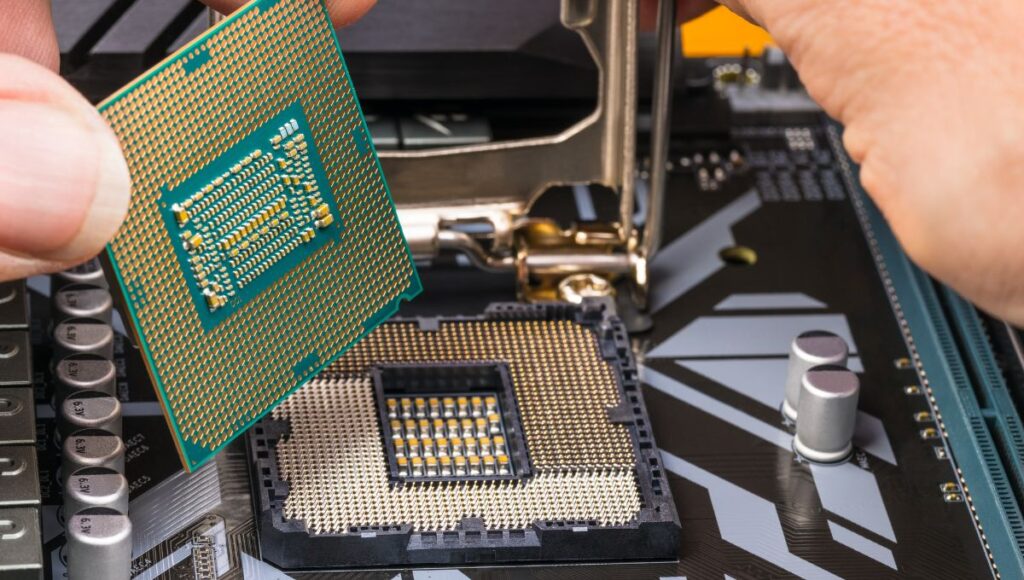
When you think of a computer, you probably think of a desktop or laptop at home or work. Computers come in all shapes and sizes, from tiny embedded systems to large supercomputers. At the heart of every computer is a microprocessor.
Learning about microprocessors is important for anyone working in the computer industry as a programmer, engineer, or even a dedicated hobbyist. In this article, we’ll take a closer look at what microprocessors are and how they’re used.
How Microprocessors Work
A microprocessor contains millions of tiny transistors that switch on and off billions of times per second. The transistors work with an internal clock oscillating at a very high frequency. We measure the speed of the microprocessor in megahertz (MHz) or gigahertz (GHz). One GHz is equal to one billion cycles per second.
The microprocessor fetches instructions from memory, decodes them, and executes them. The instructions tell the microprocessor what to do with the stored data. The data is in bits (1s and 0s), and a bit is the smallest unit of information that a computer can process.
Microprocessors have come a long way since their introduction in the 1970s. They now contain billions of transistors and perform trillions of operations per second. Even the most basic modern microprocessors are many times more powerful than the largest computers from decades ago.
Uses for Microprocessors
Microprocessors work well in all kinds of devices, from automobiles to microwaves. They are also in office equipment, such as printers and fax machines, and industrial equipment, such as factory controllers and medical instruments.
One of the most common uses for microprocessors is in personal computers (PCs). A typical PC has several microprocessors—one in the keyboard, one in the mouse, and one in the printer. The most important microprocessor is inside the PC’s central processing unit (CPU).
Another common place for microprocessors is in video game consoles such as Sony’s PlayStation 2, Microsoft’s Xbox, and Nintendo’s GameCube. Each console contains several microprocessors working together to create realistic graphics and sound.
Avionics systems use microprocessors to control aircraft. The systems use sensors to gather information about the aircraft’s altitude, speed, and other conditions. The microprocessors use this information to control the plane with the pilot.
To Conclude
Understanding how microprocessors work is essential for anyone in the computer industry. Microprocessors are the backbone of all modern computers and will continue to play a vital role in computing for years to come. Now that you know more about microprocessors, you can learn how to use them yourself.

